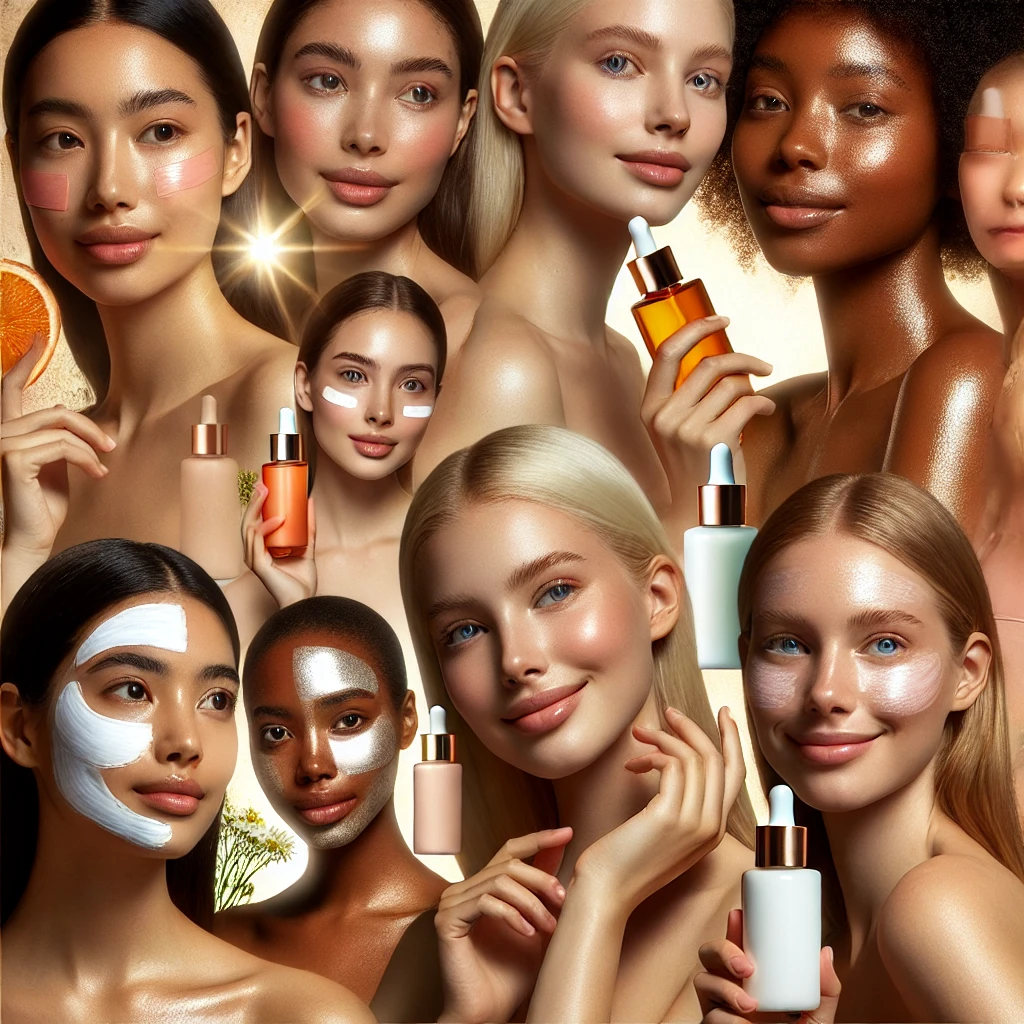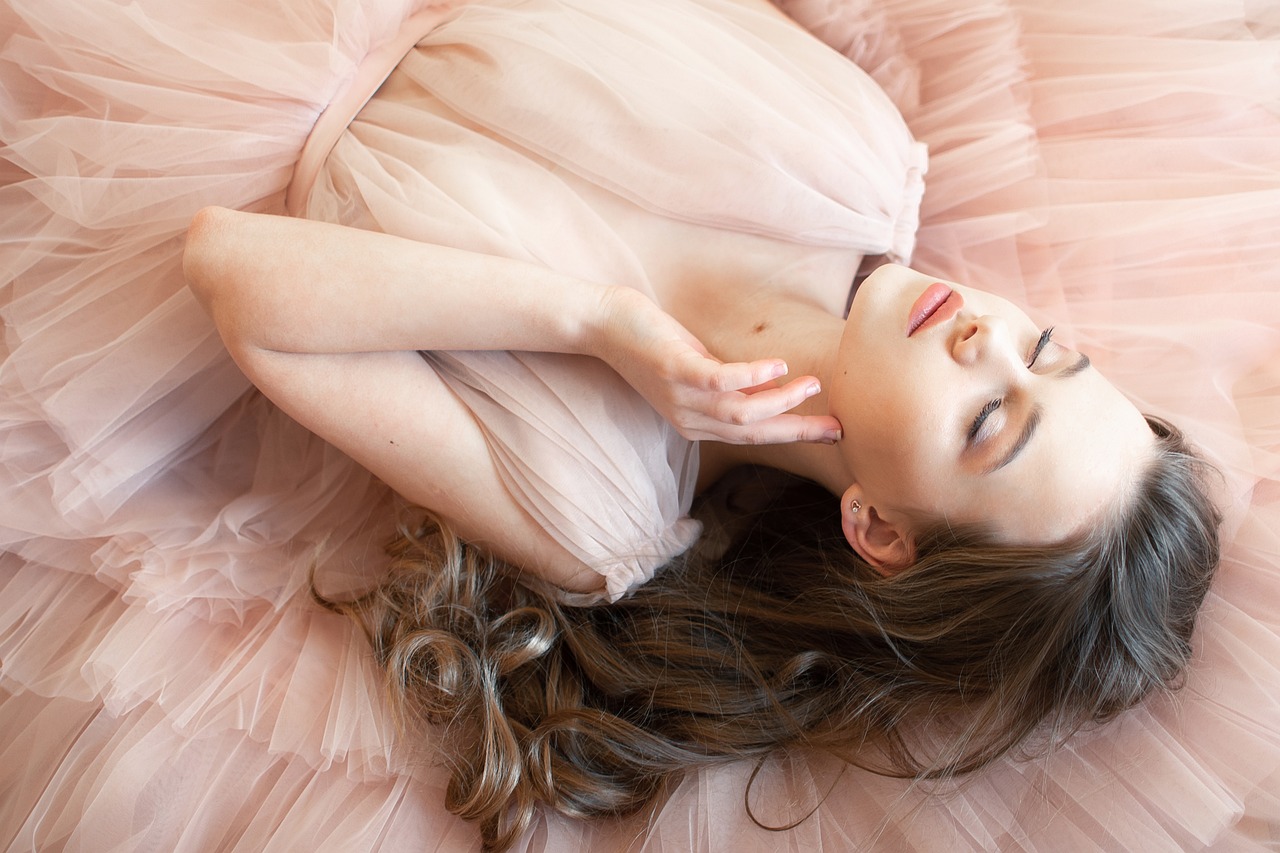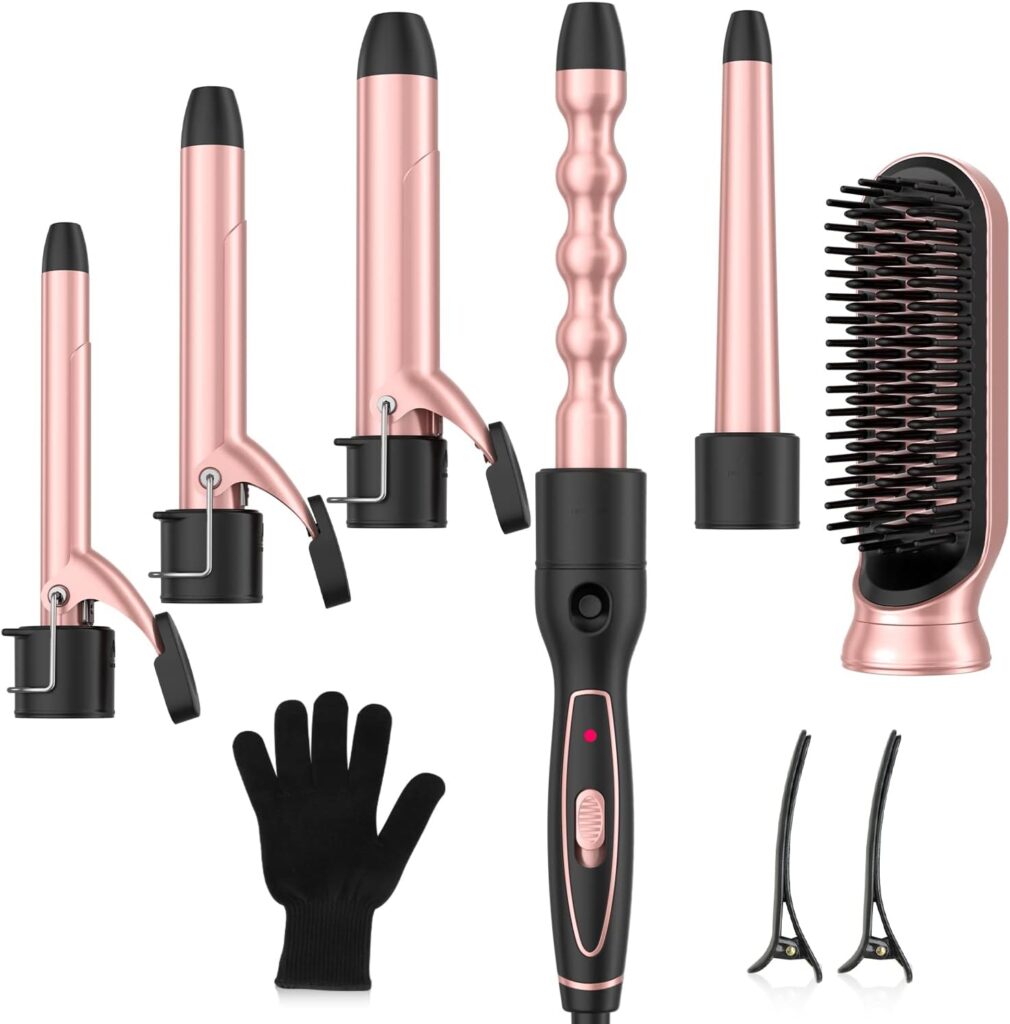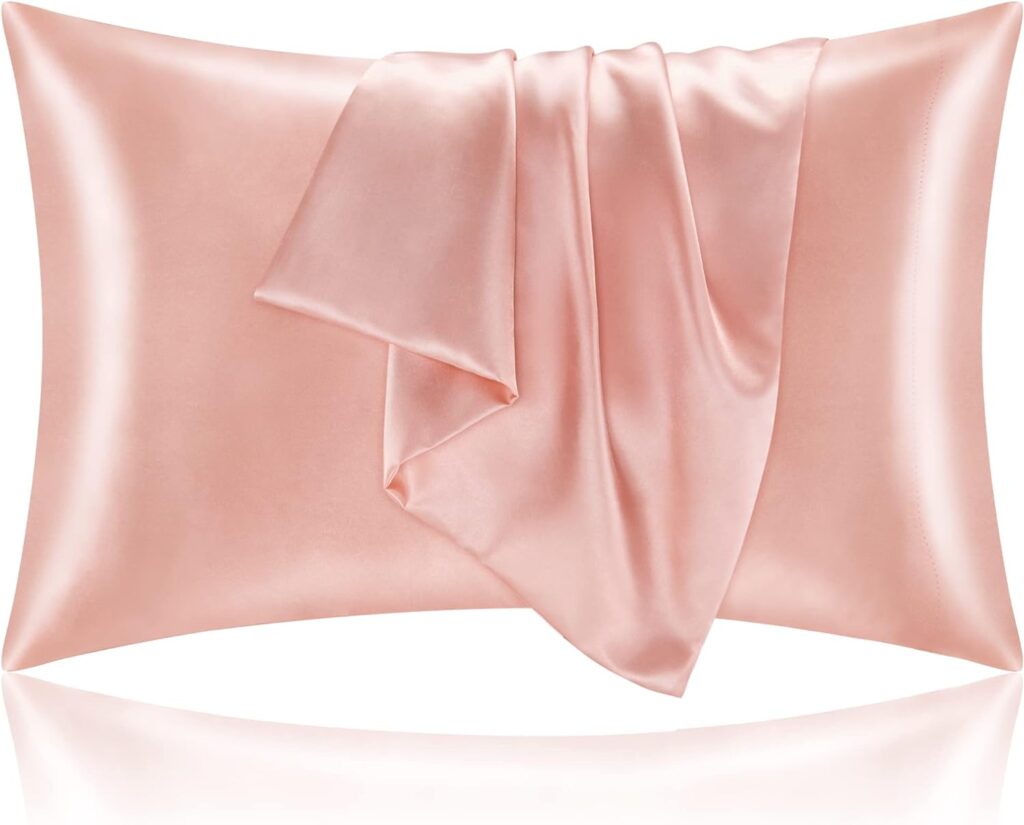Hair Care and Beauty Questions Answered:
Hair Care and Beauty Questions Answered: How do I fix hair that is falling out more than usual, snaps/breaks easily, has no volume, and looks stringy? What do I do, my hair is straight and I’ve never used any styling products or treatments other than heat” (still, I don’t do it very often)?
It sounds like your hair is experiencing some damage and signs of distress. Several factors could contribute to hair issues such as excessive breakage, lack of volume, and a stringy appearance.
Hair Care and Beauty Questions Answered: Suggestions to help you.
Nutrient deficiencies can contribute to hair problems. Ensure that you are consuming a well-balanced diet rich in vitamins, minerals, and proteins. Consider incorporating foods high in biotin, vitamin E, and omega-3 fatty acids, which are beneficial for hair health.
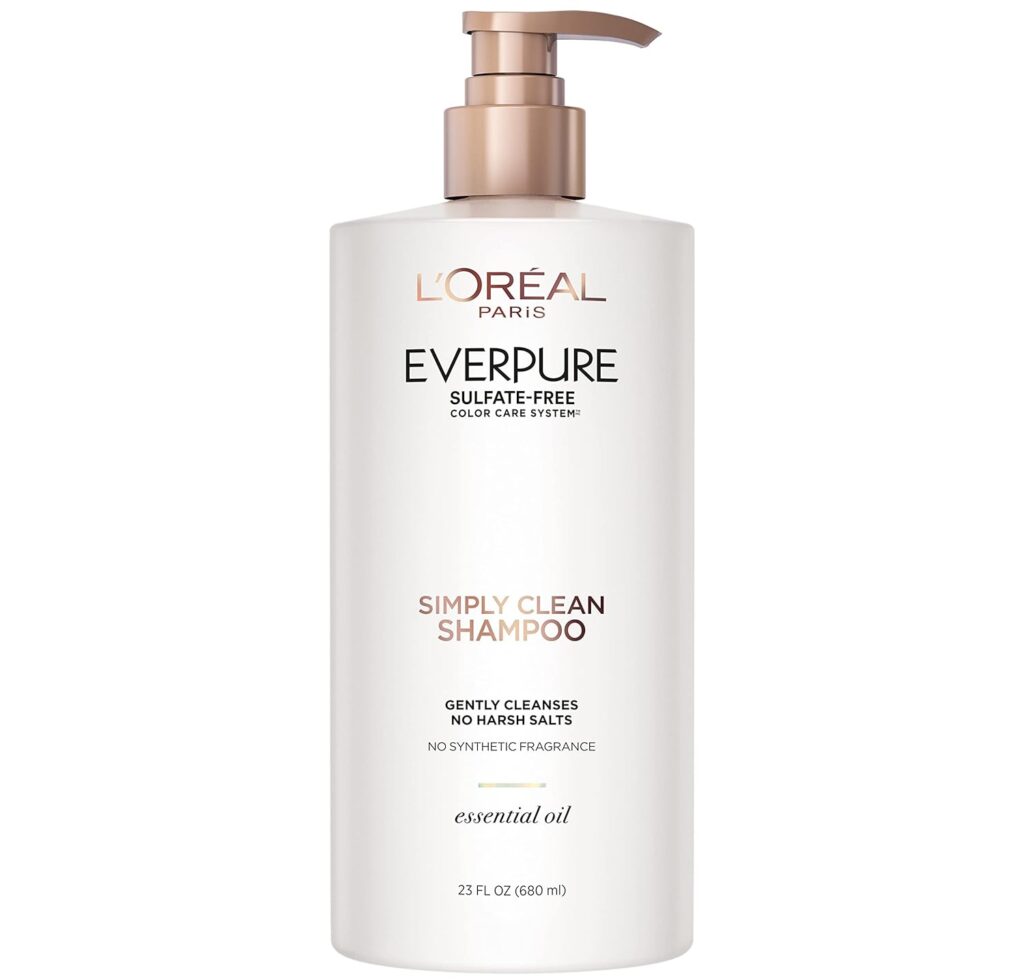
Use a sulfate-free and gentle shampoo that suits your hair type. Wash your hair with lukewarm water, as hot water can strip the hair of its natural oils. Avoid washing your hair daily, as it can lead to dryness and breakage.
Incorporate a deep conditioning treatment into your routine. Look for a product that is suitable for your hair type and condition. Use it once a week to provide extra moisture and improve the overall health of your hair.
If you use heat styling tools, try to minimize their use. Excessive heat can contribute to dryness and breakage. When using heat, use a heat protectant spray to minimize damage.
Consider using a satin or silk pillowcase to reduce friction and minimize breakage. You can also protect your hair by tying it loosely with a silk or satin scarf.
Schedule regular trims to get rid of split ends and prevent further damage. Even if you’re trying to grow your hair, regular trims can help maintain its overall health.
If your hair lacks strength, you might benefit from protein treatments. These can help strengthen the hair shaft and reduce breakage. However, be cautious not to overuse them, as excessive protein can lead to stiffness.
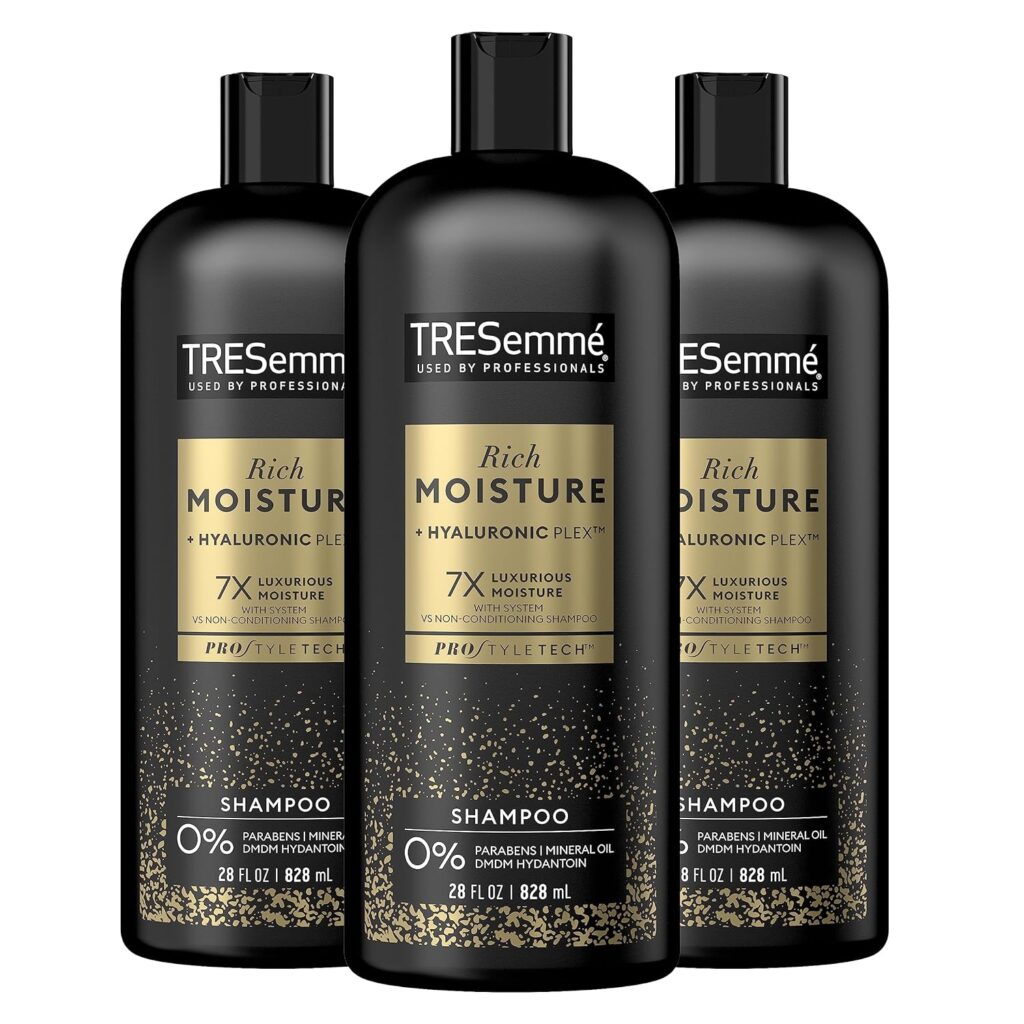
Hair Care and Beauty Questions Answered: Do I shampoo my hair before bleaching?”
It’s generally recommended to avoid shampooing your hair immediately before bleaching. If your hair is relatively clean with minimal product buildup: You can proceed with the bleaching process without shampooing immediately before. If your hair is oily or has a lot of product buildup: Wash your hair the day before you plan to bleach it. This way, it’s clean, but you haven’t stripped away all the natural oils right before applying the bleach.
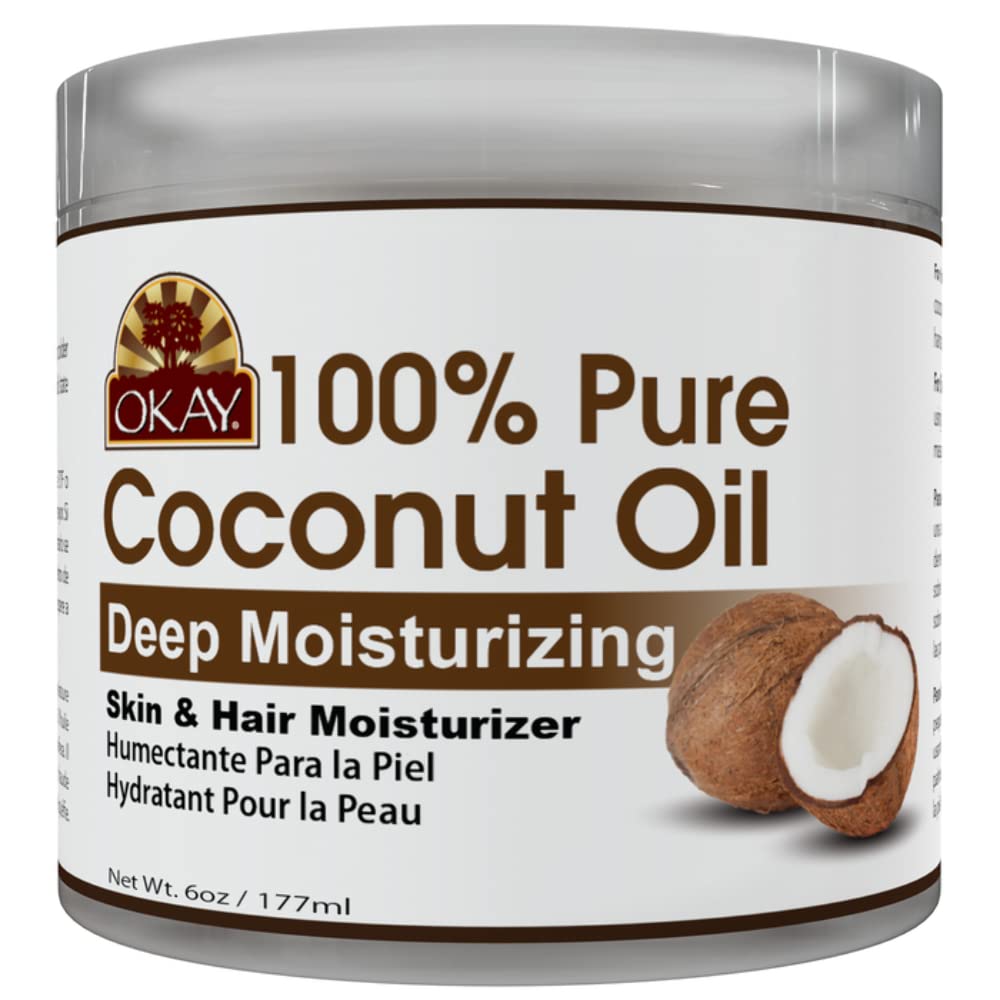
Hair Care and Beauty Questions Answered: Should I put oil in my curly hair?”
Incorporating oil into your curly hair care routine can be beneficial. Oils can help moisturize, define, and nourish curly hair, enhancing its natural texture and promoting overall hair health. I have recommended Coconut Oil many times, you can view products here.
”How frequently should Batana oil be used for optimal hair growth results?”
The frequency of using Batana oil for optimal hair growth results can vary from person to person based on individual hair needs, scalp conditions, and personal preferences. Many people incorporate Batana oil into their hair care routine by using it regularly, such as once or twice a week. Some prefer using Batana oil as an overnight treatment. To use Batana oil as a hot oil treatment. Warm the oil slightly and apply it to the scalp and hair, leaving it on for 30 minutes to an hour before washing it out. You can also use Batana oil as a pre-shampoo treatment. Apply the oil to your hair and scalp before shampooing, leave it on for a specified time, and then proceed with your regular washing routine.
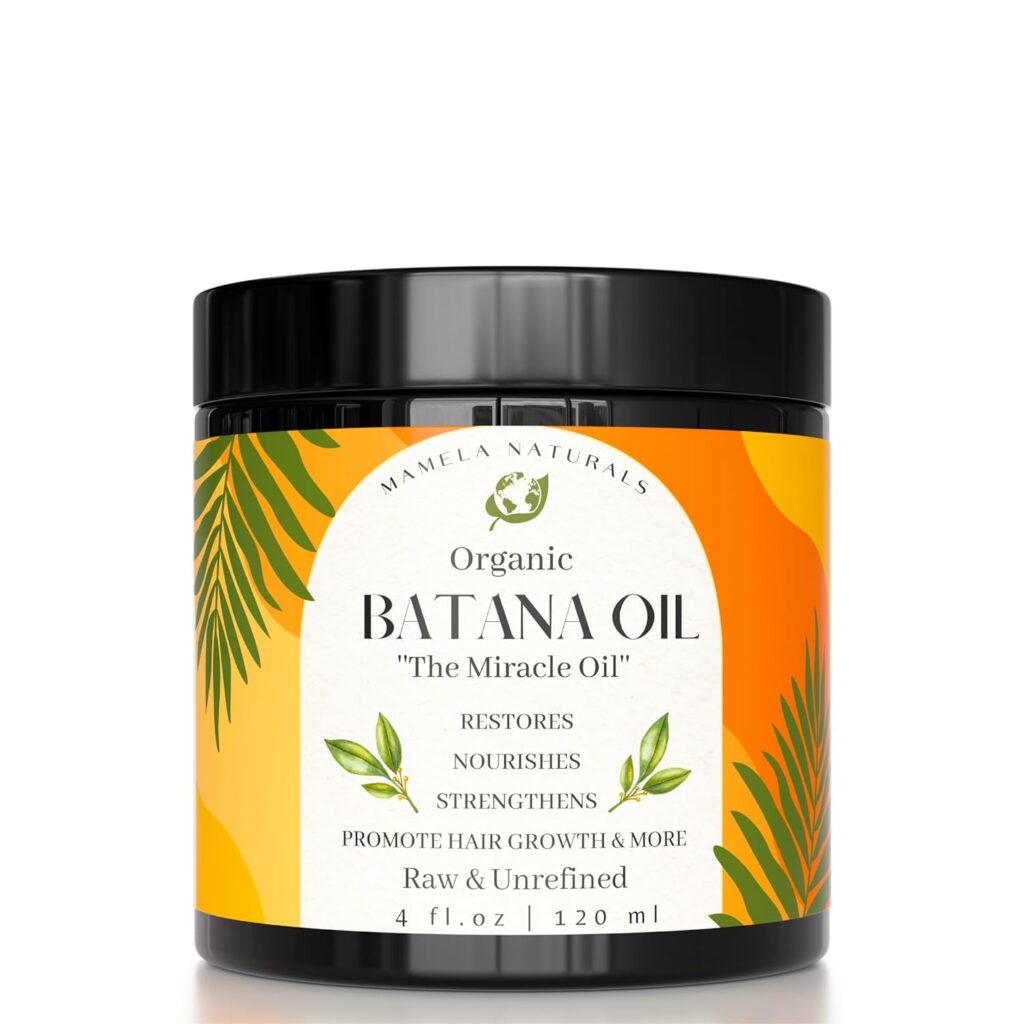
”Can Batana oil be used for hair growth?”
Batana oil is often used for hair growth. It is derived from the nut of the American palm (Elaeis oleifera) and is rich in nutrients such as vitamin E and essential fatty acids. Another oil that is often used for hair growth is castor oil. Castor oil is derived from the seeds of the castor plant (Ricinus communis) and is known for its moisturizing and conditioning properties. It contains ricinoleic acid, which has anti-inflammatory and antimicrobial properties that can be beneficial for the scalp.
”Is it normal to have hair breakage every day even when you oil your hair and use a tooth comb to detangle it?”
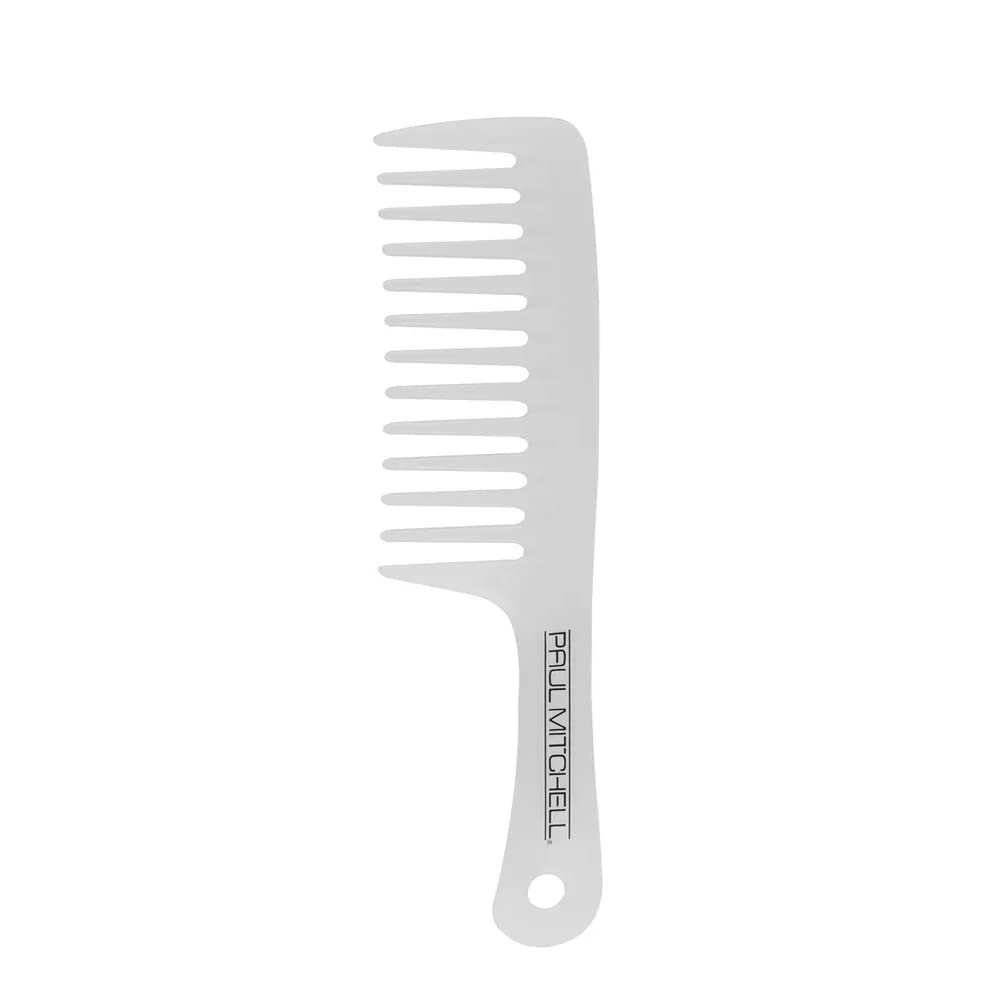
The natural texture and structure of Black hair can make it more prone to breakage. The use of chemical treatments, heat styling, or other harsh practices can contribute to this. While oiling your hair is beneficial for adding moisture, it’s essential to ensure that your hair is adequately moisturized. Using a wide-tooth comb for detangling is a good practice. However, it’s crucial to be gentle and patient, especially with textured hair. Blow-drying, particularly with high heat, can contribute to hair breakage. Trimming your hair every few months, or as needed, can contribute to overall hair health. products with ingredients like hydrolyzed keratin or collagen to provide your hair with protein.
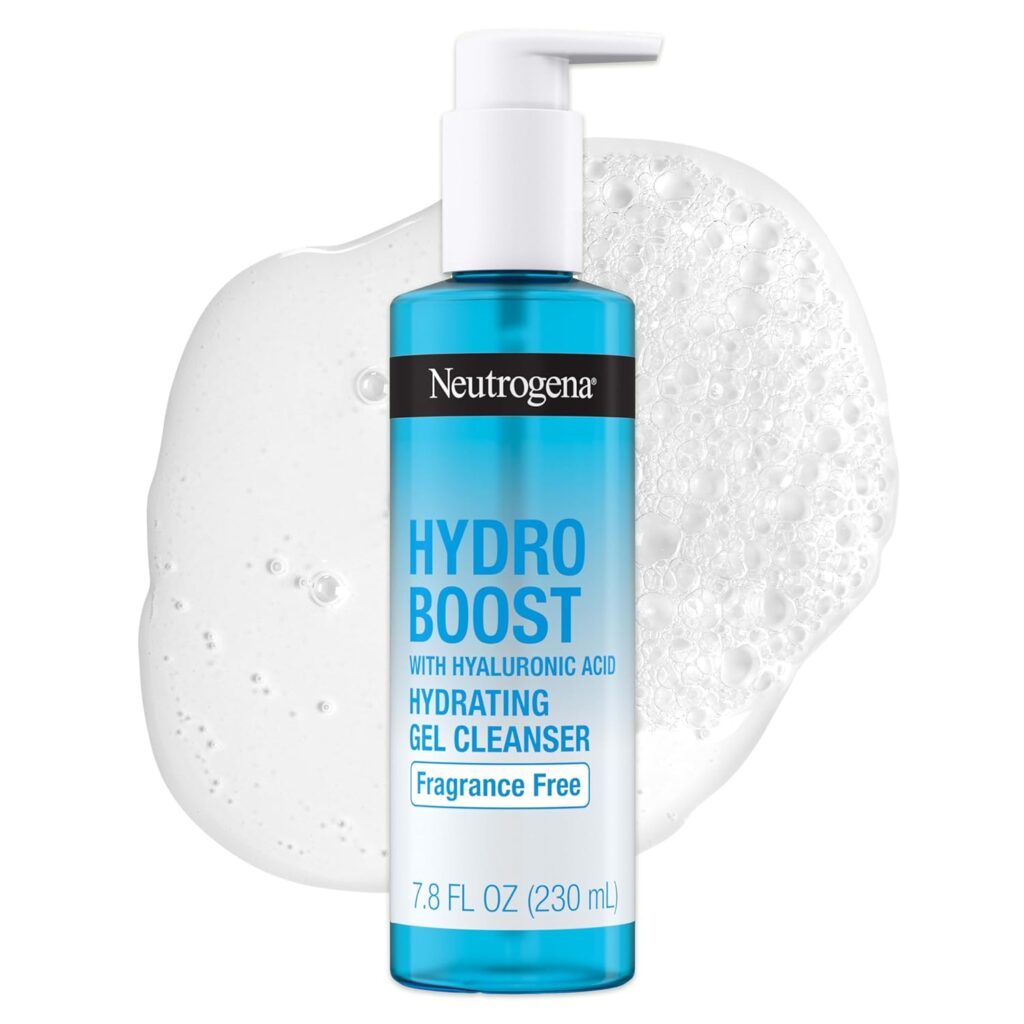
”How can I treat my face that is affected by Caro Light cream?”
Use a gentle, fragrance-free cleanser to wash your face. Avoid using any harsh or abrasive cleansers that may further irritate your skin. Limit your exposure to direct sunlight when you go outside. You can apply a cold compress to help reduce redness and swelling. Use a clean cloth or ice pack wrapped in a thin towel. Drink plenty of water to stay hydrated. Hydration is essential for overall skin health. Over-the-counter hydrocortisone cream may help relieve itching and inflammation.
”Is it good to use an oil control film to remove hair sebum to stop my hairline receding?”
Using oil control film on your scalp to absorb excess sebum is not a common or recommended practice for preventing hairline recession.
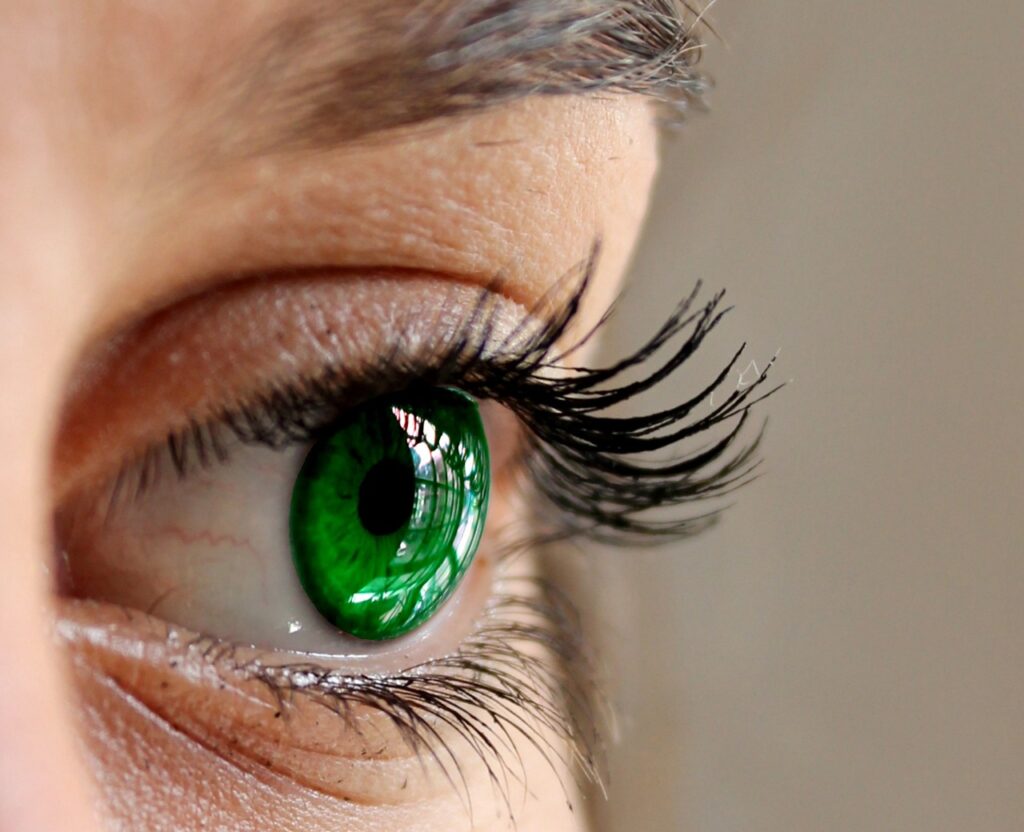
”How can I grow my eyelashes out and make them thicker?”
Growing longer and thicker eyelashes involves a combination of good eyelash care practices, a healthy lifestyle, and, in some cases, the use of specific products. A balanced diet that includes essential vitamins and minerals can contribute to overall hair health. Foods rich in biotin, vitamins A and E, and omega-3 fatty acids may support lash growth. Some people find that applying castor oil to their lashes can help promote growth. Use a clean mascara wand or a cotton swab to apply a small amount to your lashes before bedtime. Occasionally trimming the tips of your eyelashes can help prevent breakage and split ends, promoting healthier growth. Some mascaras and eyelash primers are formulated to enhance the appearance of length and thickness.
Hair Care and Beauty Questions Answered: Best clear mascara to hold curled eyelashes?”
Choosing the best clear mascara to hold curled eyelashes depends on individual preferences and needs.
Maybelline’s Great Lash Clear Mascara is a classic choice. It’s known for its clear formula that defines and conditions lashes without adding color. It can be used alone for a natural look or on top of regular mascara to set and hold curls.
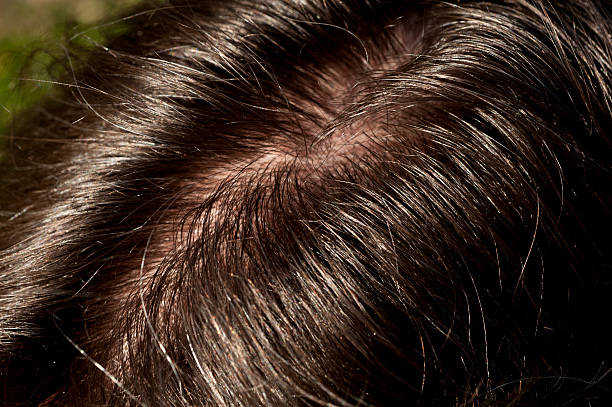
Hair Care and Beauty Questions Answered: Why does my hair get so greasy after 2-3 days?”
The tendency for hair to become greasy within 2-3 days can be influenced by several factors.
The sebaceous glands in your scalp produce sebum, an oily substance that helps moisturize and protect your hair. Different hair types (straight, wavy, curly) can affect how evenly sebum spreads along the hair shaft. Straight hair may distribute oil more easily, making it appear greasier faster. Overwashing or underwashing your hair can affect its oiliness. Your genetic makeup can play a role in determining your hair type and the activity of your sebaceous glands. Experiment with how often you wash your hair to find a balance that works for you. This may vary depending on your hair type and lifestyle. Dry shampoo can help absorb excess oil and extend the time between washes.
Hair Care and Beauty Questions Answered: Do you have to remove lash serum mascara?”
The mascara is designed to be removed at the end of the day to prevent any potential irritation or buildup on the lashes. If your lash serum mascara is a dual-purpose product that combines both serum and mascara, it’s essential to check the product instructions or contact the manufacturer for specific guidance.
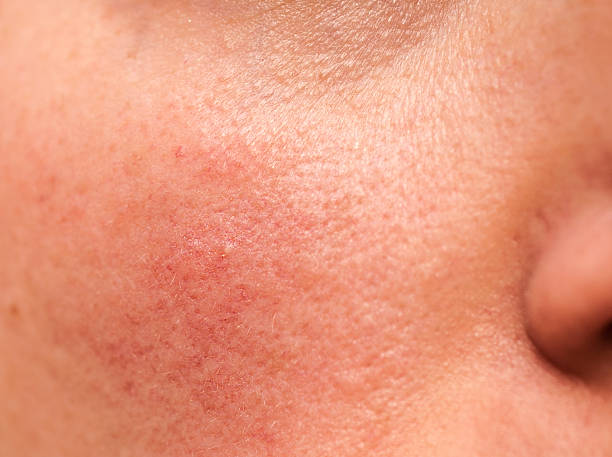
Hair Care and Beauty Questions Answered: Why does my face keep turning aggressively red?”
There are several potential reasons why your face might turn red, particularly in the T-zone, and why you might feel throbbing under your skin. Some common possibilities include.
Flushing or blushing can occur due to emotional triggers, stress, anxiety, or embarrassment. It’s a natural response where blood vessels near the skin’s surface dilate, causing redness…. Rosacea is a chronic skin condition that often involves facial redness, especially in the T-zone. Triggers can include heat, stress, spicy foods, and caffeine…. Exposure to heat or sunlight can cause the blood vessels in your skin to dilate, leading to redness…. Caffeine can stimulate blood flow and potentially contribute to facial redness, especially if you are sensitive to it…. Some individuals may experience facial redness and throbbing after consuming alcohol due to alcohol intolerance…. Skin reactions, including redness, can be triggered by allergies or sensitivities to certain foods, skincare products, or environmental factors…. Consuming a heavy meal can increase blood flow to the digestive system, potentially leading to facial redness…. Stress can trigger a range of physical responses, including changes in blood flow and facial redness. If you notice any concerning symptoms, it’s advisable to consult with a healthcare provider for personalized advice and guidance.
Hair Care and Beauty Questions Answered: Can I use Patanjali Sambrani Dhoop for hair?”
It’s not typically intended for use on hair, and there’s no established evidence of benefits for hair health.
Hair Care and Beauty Questions Answered: Is onion juice for hair fall and hair regrowth?”
Studies suggest that onion juice may have certain benefits for hair health, it’s important to note that scientific evidence is limited, and individual responses can vary.
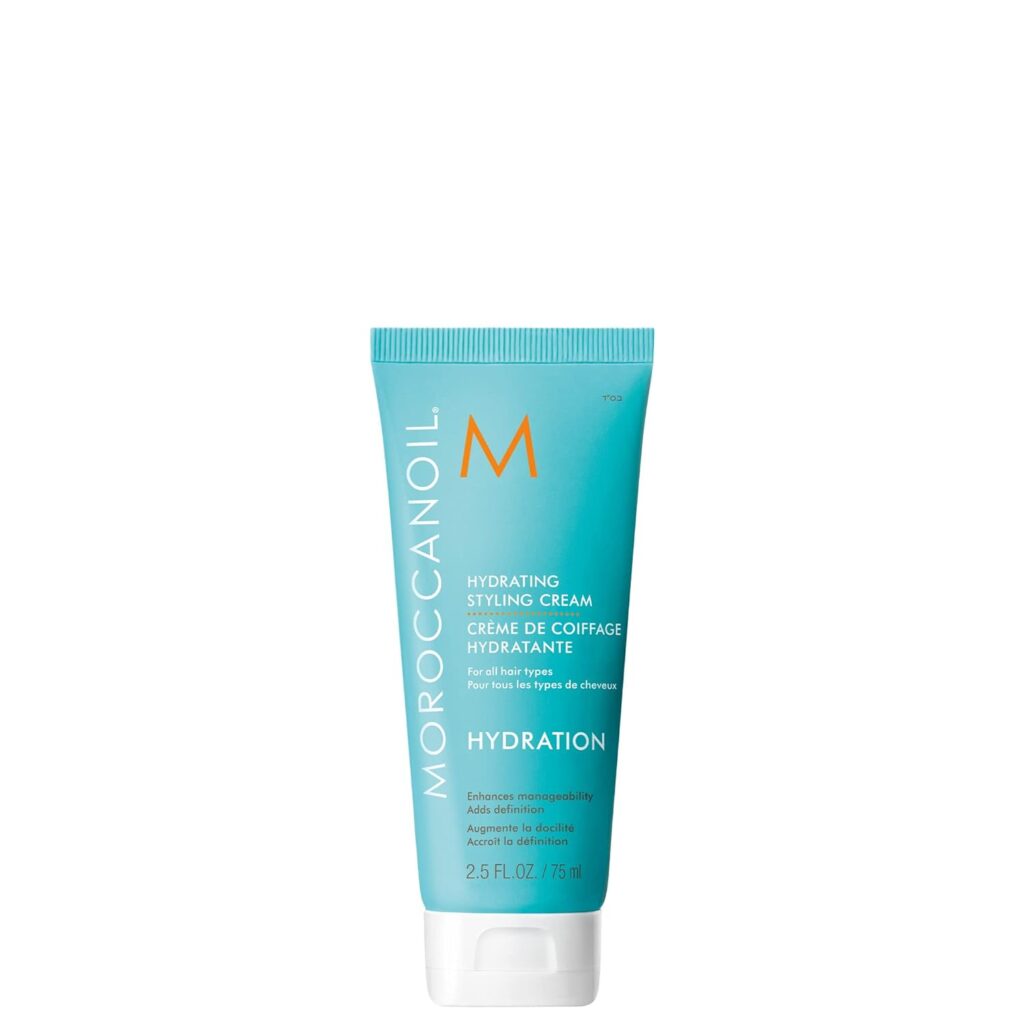
How many times a week can I use styling cream on my hair?
The frequency with which you can use styling cream on your hair depends on various factors, including your hair type, the specific styling cream you’re using, and your styling preferences.
If you have fine hair, you might want to use styling cream more sparingly to avoid weighing down your hair. 2-3 times a week may be suitable. Those with medium to thick hair may be able to use styling cream more frequently, potentially every time they style their hair.
If you’re using styling cream for a sleek, polished look, you might use it every time you style your hair. If your goal is a more natural or tousled look, you might use styling cream less frequently.
The frequency with which you wash your hair can also impact how often you use styling cream. If you wash your hair daily, you might use styling cream more frequently. If you wash less often, you may use it on the days you shampoo.
”How come hair, skin, and nail vitamins make my cuticles peel?”
Hair, skin, and nail vitamins typically contain a combination of vitamins, minerals, and other nutrients that are believed to promote the health and appearance of these tissues. If you’re experiencing peeling cuticles after taking hair, skin, and nail vitamins, a reason could be that excessive intake of biotin has been associated with side effects, and peeling cuticles could be one of them.
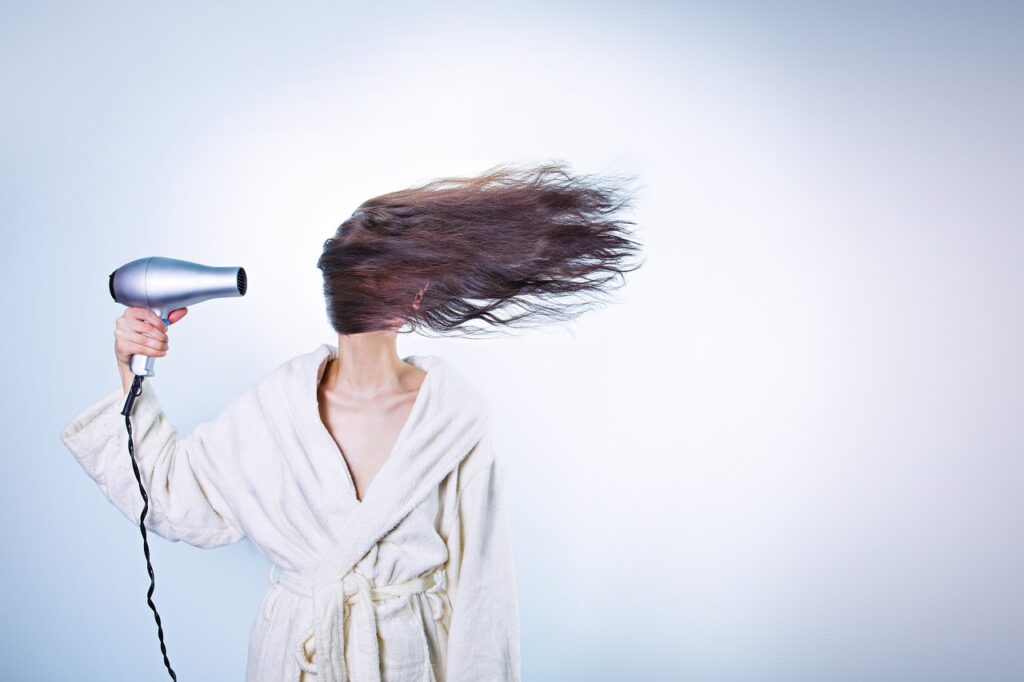
”What are the key considerations when choosing the right hair care products for your specific hair type and needs?”
Choosing the right hair care products tailored to your specific hair type and needs is essential.
Determine whether your hair is straight, wavy, curly, or coily. Different textures may have varying needs. Understand your hair’s porosity—whether it absorbs and retains moisture easily or not. Low-porosity hair may require lighter products, while high-porosity hair may benefit from richer formulations. Identify specific concerns such as frizz, dryness, damage, or color-treated hair. Select products that target your primary concerns. Choose the right formulations for your hair care routine, including shampoos, conditioners, leave-in treatments, and styling products. Select products that complement each other to address your hair’s unique needs. Be aware of any allergies or sensitivities you may have to certain ingredients. Experiment with different products and observe how your hair responds. It may take time to find the perfect combination that works for you.
”Do Thicker Fuller hair vitamins work?”
Individual responses to supplements can vary, and what works for one person may not work for another. Additionally, while some supplements can support hair health, they are not a guaranteed solution for everyone, especially in cases where hair loss is influenced by complex factors.
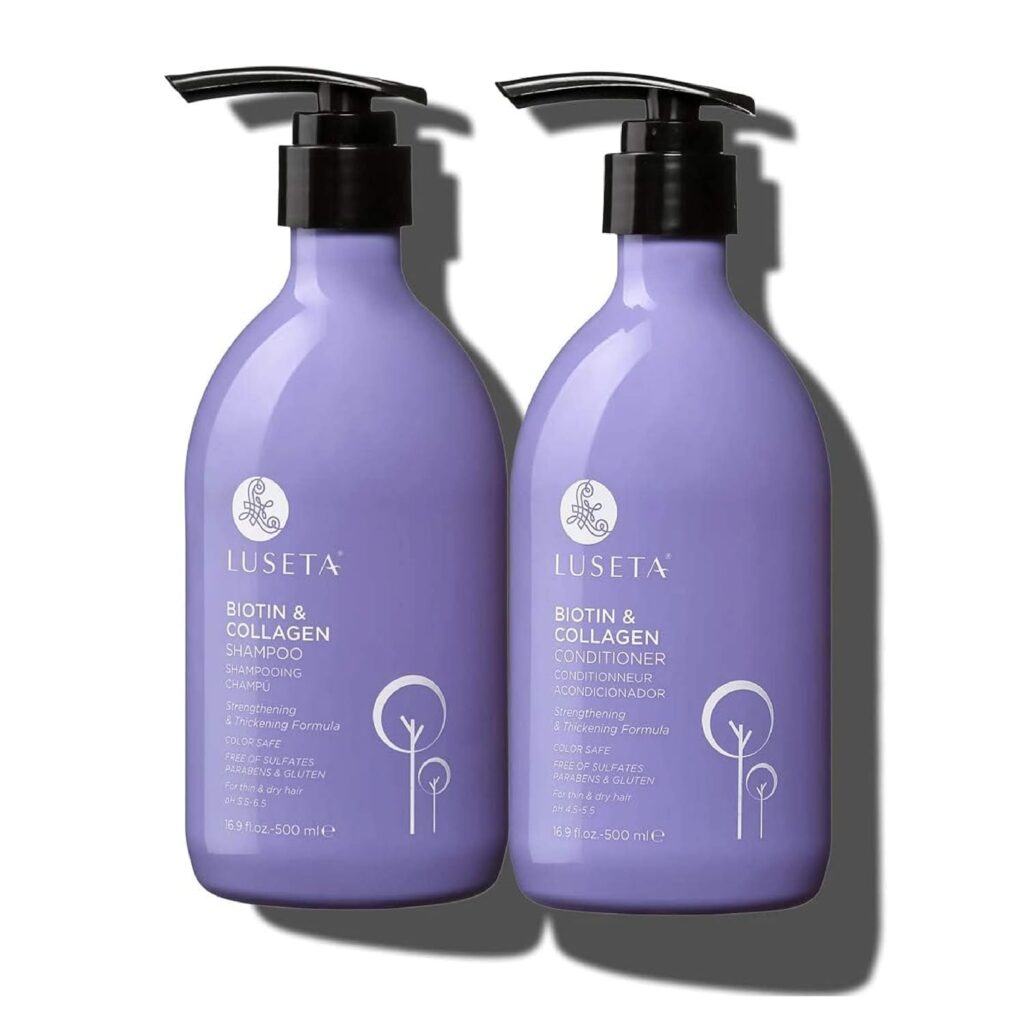
”Is Mom’s co-protein shampoo effective for dry and damaged hair?”
“Moms Co-Protein Shampoo.” Product formulations can change, so I cannot provide you with an accurate answer. But I can give you tips for choosing a shampoo for dry and damaged hair.
Look for shampoos with moisturizing and nourishing ingredients, such as argan oil, coconut oil, shea butter, or hyaluronic acid. Proteins like keratin can also help strengthen damaged hair.
Consider sulfate-free shampoos, as sulfates can strip the hair of natural oils, contributing to dryness.
Choose shampoos that focus on hydration and moisture retention. Look for terms like “hydrating,” “moisturizing,” or “repairing.”
Stay away from shampoos with harsh chemicals that may further contribute to dryness and damage.
Protein-infused shampoos can help strengthen and repair damaged hair. However, the balance is crucial, as excessive protein may lead to stiffness.
One product that aligns with the mentioned criteria for moisturizing, nourishing ingredients, sulfate-free formula, hydrating properties, and protein enrichment is the “Moroccanoil Moisture Repair Shampoo.”
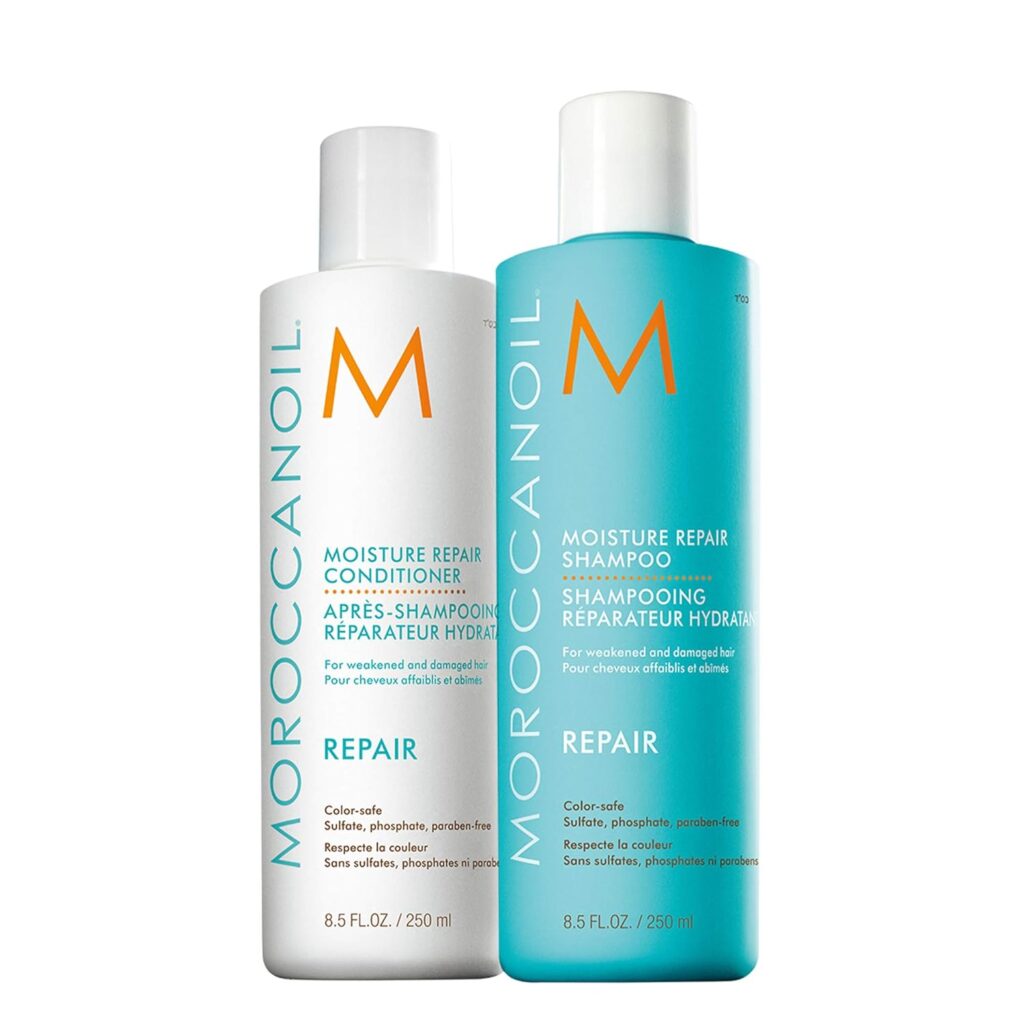
Moroccanoil Moisture Repair Shampoo
It’s important to note that individual hair types and preferences can vary, so it’s advisable to conduct a patch test first.
”Can I use tomatoes to treat facial pimples?”
Using tomatoes to treat facial pimples may not be a standalone solution. Tomatoes contain lycopene, which has antioxidant properties and may contribute to healthier skin.
”Can I use hair dye on my eyebrows?”
Using hair dye on eyebrows is not recommended unless the product is specifically formulated for use on eyebrows. Traditional hair dyes, especially those designed for the scalp, may contain ingredients that are too harsh or irritating for the sensitive skin around the eyes. If you want to use products specifically designed for that purpose. There are eyebrow dyes or tints available that are formulated to be gentle on the delicate skin around the eyes. One popular product for coloring eyebrows is the “Anastasia Beverly Hills Brow Wiz.”
”Does hair dye damage the hair?”
Hair dye, especially permanent hair dye that involves the use of chemicals, can potentially cause some damage to the hair. Damage can vary based on factors such as the type of dye used. Try using reputable brands with formulations that are less harsh on the hair.
”Will getting semi-permanent hair dye, make hair turn grey afterward?”
Getting semi-permanent hair dye should not cause your hair to turn gray. Semi-permanent hair dye typically works by depositing color onto the outer cuticle of the hair shaft.
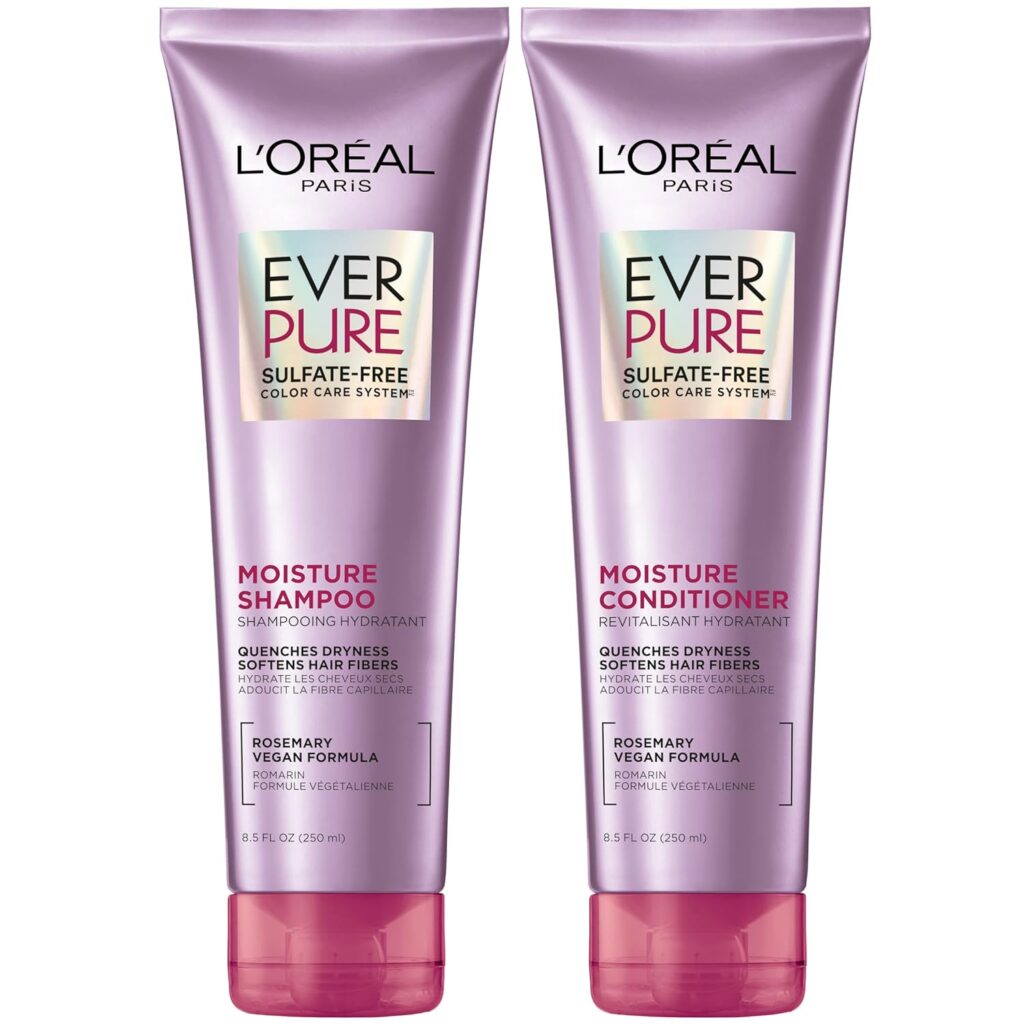
”I just dyed my hair with a toner, if I use a clarifying shampoo, will it strip the color?”
Using a clarifying shampoo after toning your hair can potentially strip some of the color. It is generally recommended to wait a few days before using a clarifying shampoo. This allows the toner to set and the color molecules to adhere to the hair more securely. If you’re concerned about color fading, you might opt for a sulfate-free, color-safe shampoo instead of a clarifying shampoo.
”I started using Joico’s semi-permanent color. What perming solution should I use?”
It’s important to choose a perming solution that is compatible with your hair color and the desired result, Generally, semi-permanent colors are considered. You have the option of using an alkaline (cold) perm or an acid (warm) perm.
Alkaline (Cold) Perm: Suitable for normal to resistant hair. Provides strong, long-lasting curls. Can be more drying to the hair.
Acid (Warm) Perm: Suitable for delicate or damaged hair. Creates softer, more natural-looking curls. Generally, less damaging than alkaline perms.
If your hair is in good health, you may have more flexibility in choosing between alkaline and acid perms. However, if your hair is damaged or chemically treated, it’s advisable to opt for a milder solution to minimize stress on the hair.
Perform a strand test before applying the perm to your entire head to assess how your hair will react to the perming solution.
”Will wash-out hair color spray affect the color of my dyed hair?”
Maybe if your hair is dyed in a lighter color, the wash-out spray is more likely to show up as intended. However, keep in mind that the final result can vary based on the original color and condition of your dyed hair.
”Can I dye my hair again after 1 day?”
It’s recommended not, to dye it too frequently, especially with strong chemicals, which can lead to dryness, damage, and breakage. Wait at least a week before attempting to dye your hair again.
”When can you wash your hair after a perm?”
It is crucial to wait before washing your hair to allow the curls to set properly, wait at least 48 to 72 hours (2 to 3 days). You need to let the chemical process complete and the hair’s structure stabilizes. It is important to keep your hair dry and avoid exposure to moisture, Do not use heat styling tools, just give it some time before you use any styling tools. Use a sulfate-free shampoo, sulfates can strip the hair of natural oils and may affect the perm. Use lukewarm water instead of hot water, and tender towel-drying to minimize stress on the newly permed hair.
Hair Care and Beauty Questions Answered: Summary
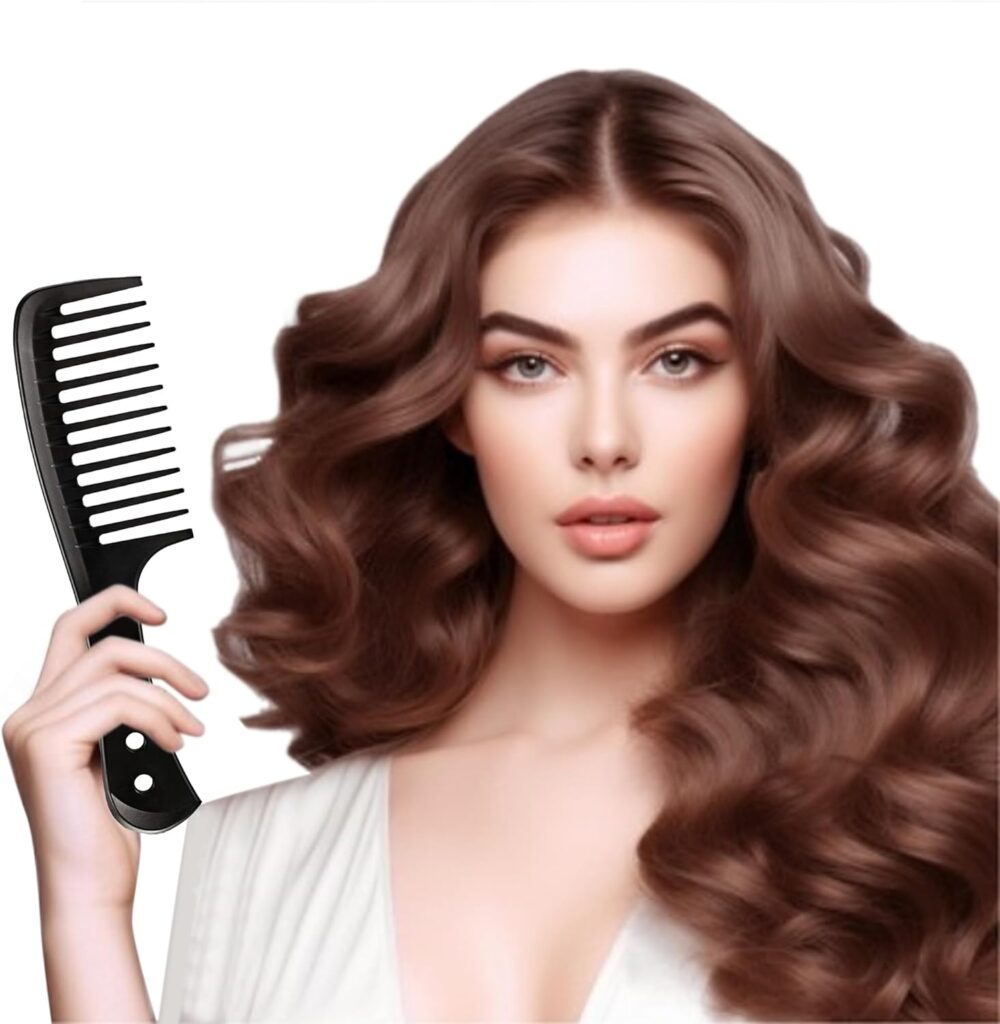
Hair Care Help and Solutions
This comprehensive resource addresses various hair concerns, including breakage, lack of volume, dryness, and hair growth. It also explores solutions for oily hair, curly hair care, and scalp conditions.
Skincare Solutions
The resource offers guidance on dealing with irritated skin, redness, and eyelash growth.
Product Recommendations
While specific brands aren’t always mentioned, the resource provides tips on choosing the right products based on hair type, scalp condition, and desired outcome.
Additional Beauty Questions
It also covers eyebrow care, hair coloring, and the use of temporary hair color.
